Lam Hanh and Cao Trang, two close Vietnamese friends (U50) just had a 10-day journey to explore Xinjiang (China) along the wild border road between China and Kazakhstan during the poetic change of seasons.
October every year in Xinjiang is the best time to travel : the weather is cool and pleasant, the natural scenery is brilliant with the yellow and red colors of autumn.
Two female tourists put aside their daily hustle and bustle, rented a car and drove themselves on a journey of more than 2,500km. During the trip, they stopped at beautiful destinations, capturing memorable moments through unique photo angles.
Xinjiang is China's largest autonomous region in the northwest, famous for its vast area, diverse terrain from desert to high mountains, and cultural exchange of many ethnic groups such as Uyghur, Han, Kazakh, etc. The region is an important trading point of the historical "Silk Road", rich in natural resources such as oil and gas.
 | 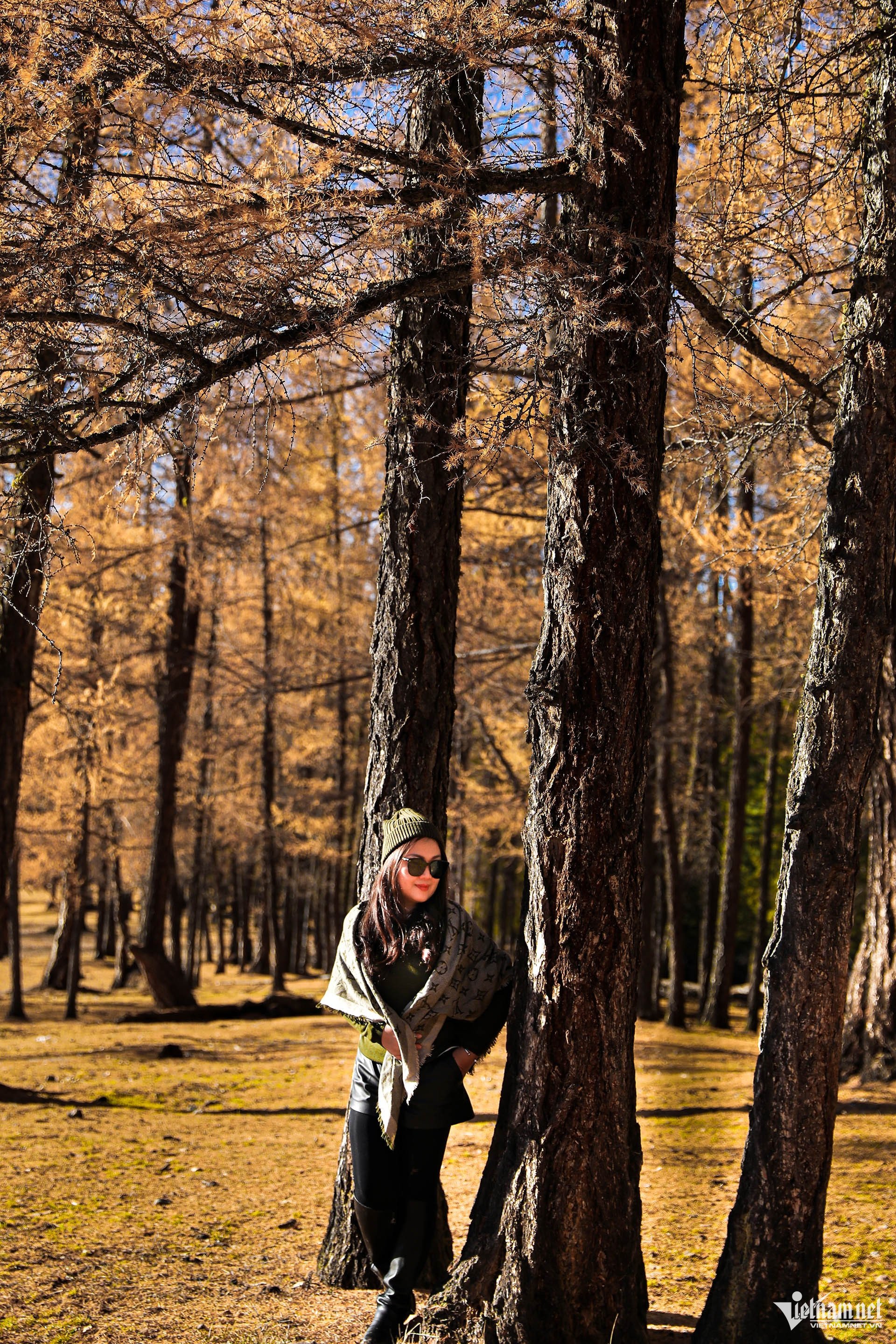 |

Their journey forms an arc across the vast desert, starting from Urumqi, skirting the blue Tianshan Tianchi Lake – where the water reflects the mountains and clouds, then continuing for more than 500km on the sand- and wind-covered S21 desert highway.
The nature along the journey is like a fairy tale, the scenery changes constantly as the car passes through the arid desert areas.
In Burqin, the sunset casts a soft golden light over the mountains, making all worries seem to disappear with the wind.
Hemu, on the other hand, appeared like a vivid landscape painting, with golden pine forests interspersed with small wooden houses nestled in the valley. There, they leisurely strolled, inhaling the mountain scent, listening to the sound of falling leaves and birds chirping in the clear, peaceful space.
Not to mention, when talking about Xinjiang, we must talk about Kanas. This is a snowy mountain steppe, where there is a jade-green lake reflecting the clear sky. Here, two female tourists suddenly felt young again, throwing stones into the lake and laughing loudly, feeling that youth had never left them.
And in Baihaba, a wild land with empty roads and small villages, they are taken into quiet moments, when the golden leaves of the forest caress and the whispering wind reminds them that age is just a number.
In Xinjiang there is also a reserve in the Altai primeval forest, which is considered one of the coldest areas in the world , where in early winter the mountains are covered with white snow.
Ms. Cao Trang said that every morning after waking up, she opens the door and touches a land of pure white snow. Here, the scenery, the weather and the people are full of strangeness. In fact, in Xinjiang, autumn has not yet passed, and winter has just begun gently.
In the middle of the snow-capped mountains, Lam Hanh and Cao Trang felt their hearts tremble – both because of the cold and because of an indescribable joy. While walking in the middle of the golden birch forest, leaves falling like rain, they held hands – the handshake of soul mates, of a youth that never ends.
Some moments from the journey:


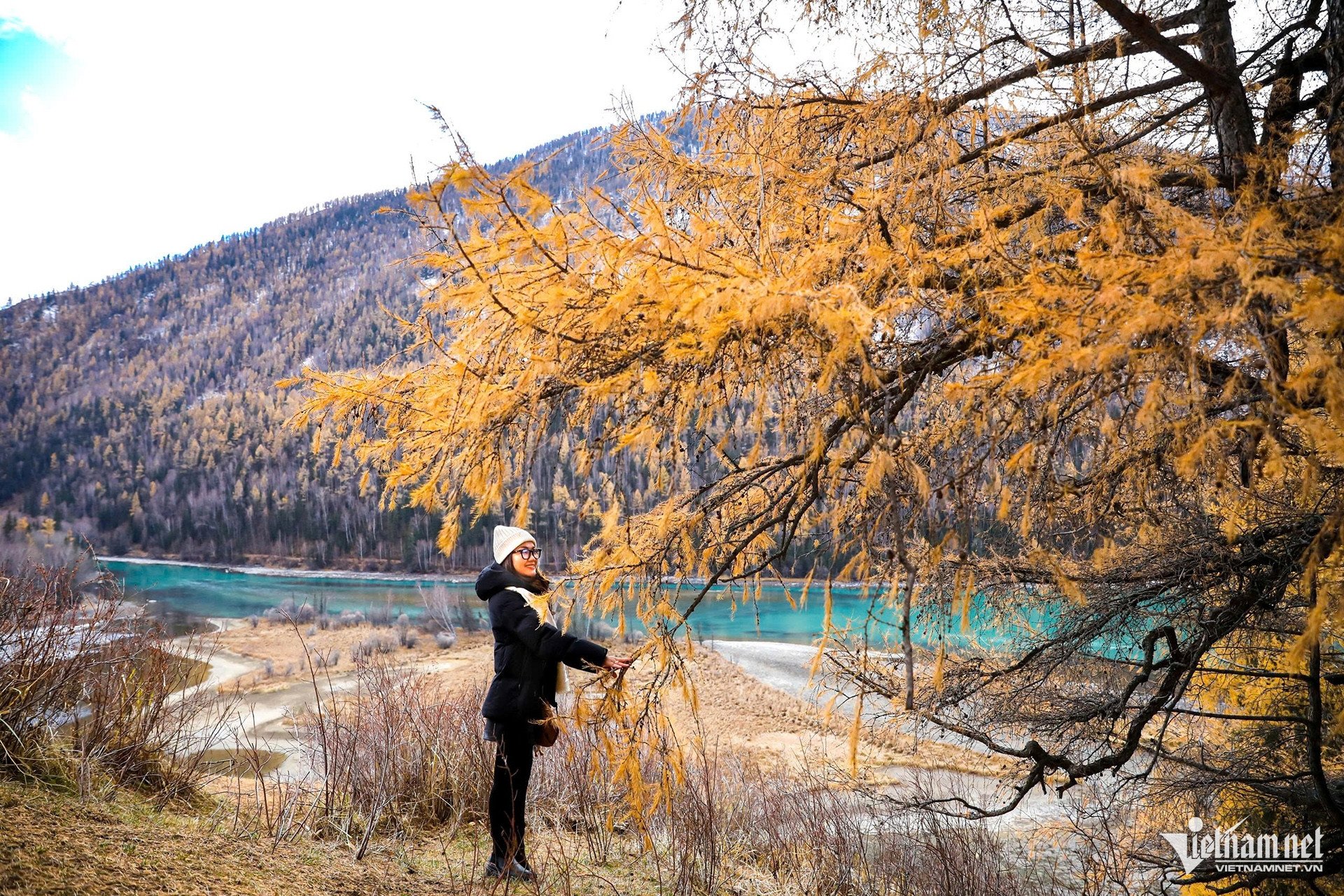

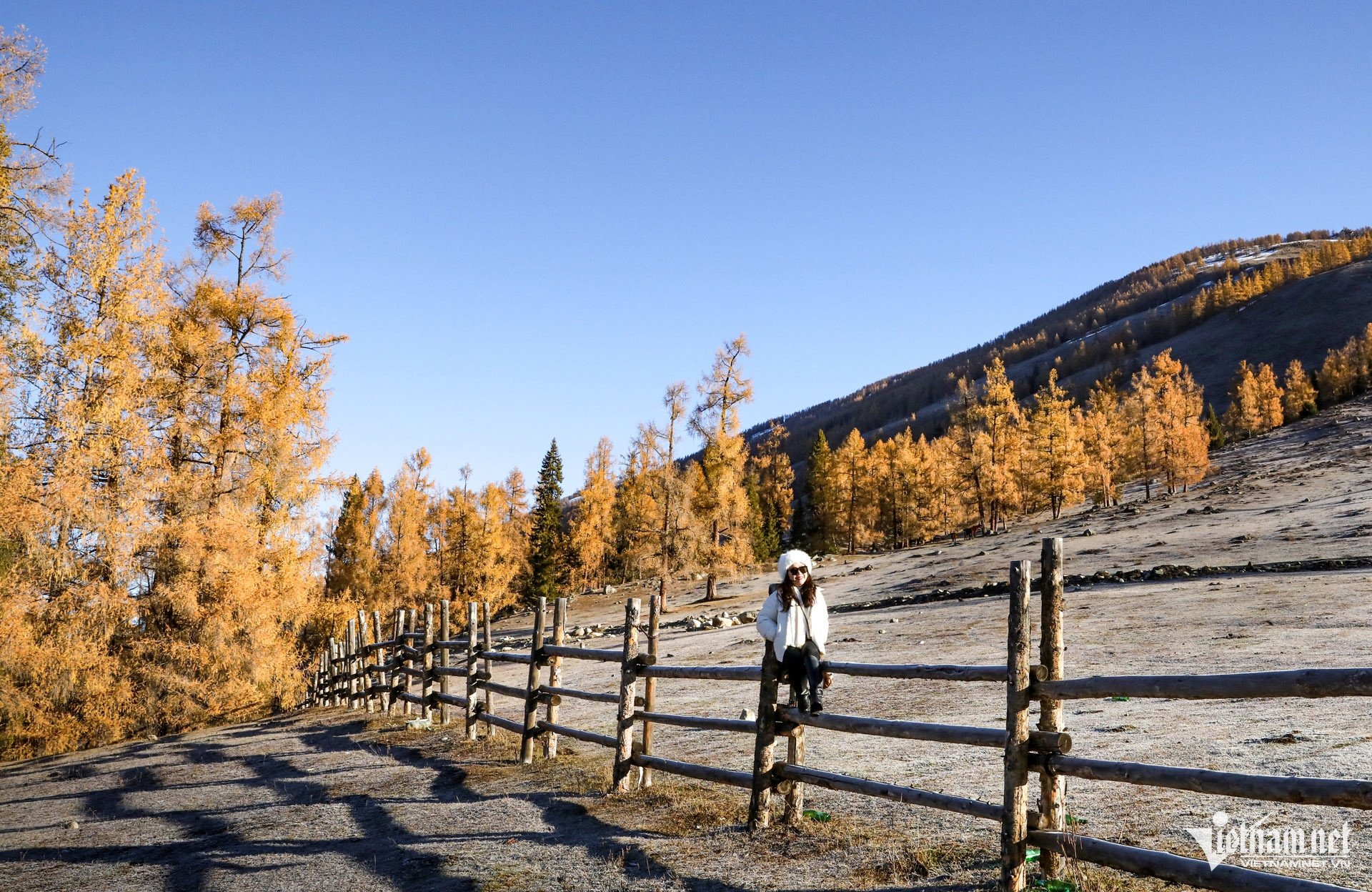

 | 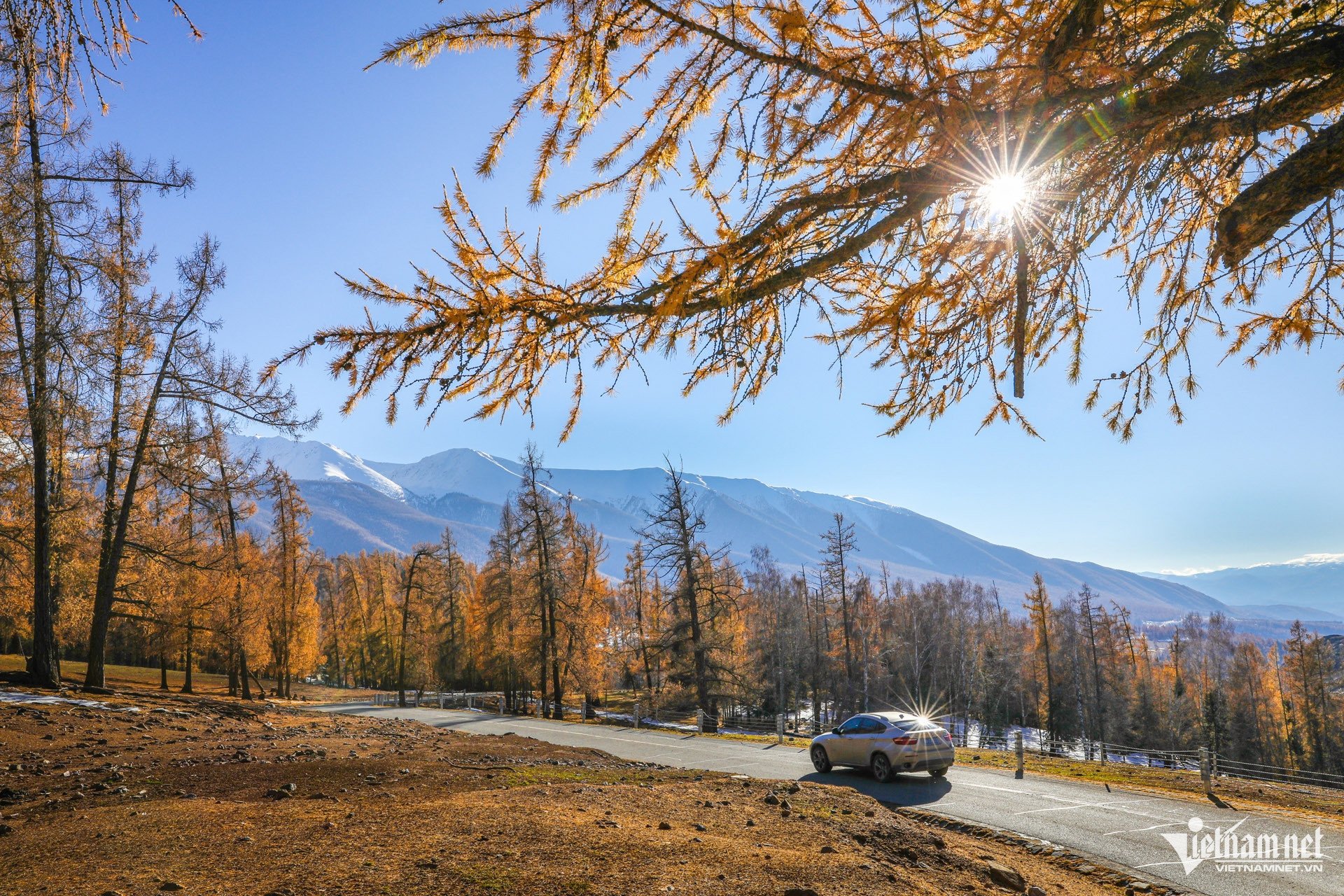 |
The population here is mainly Tuvan and Kazakh, a nomadic ethnic group speaking a language of the Turkic family.
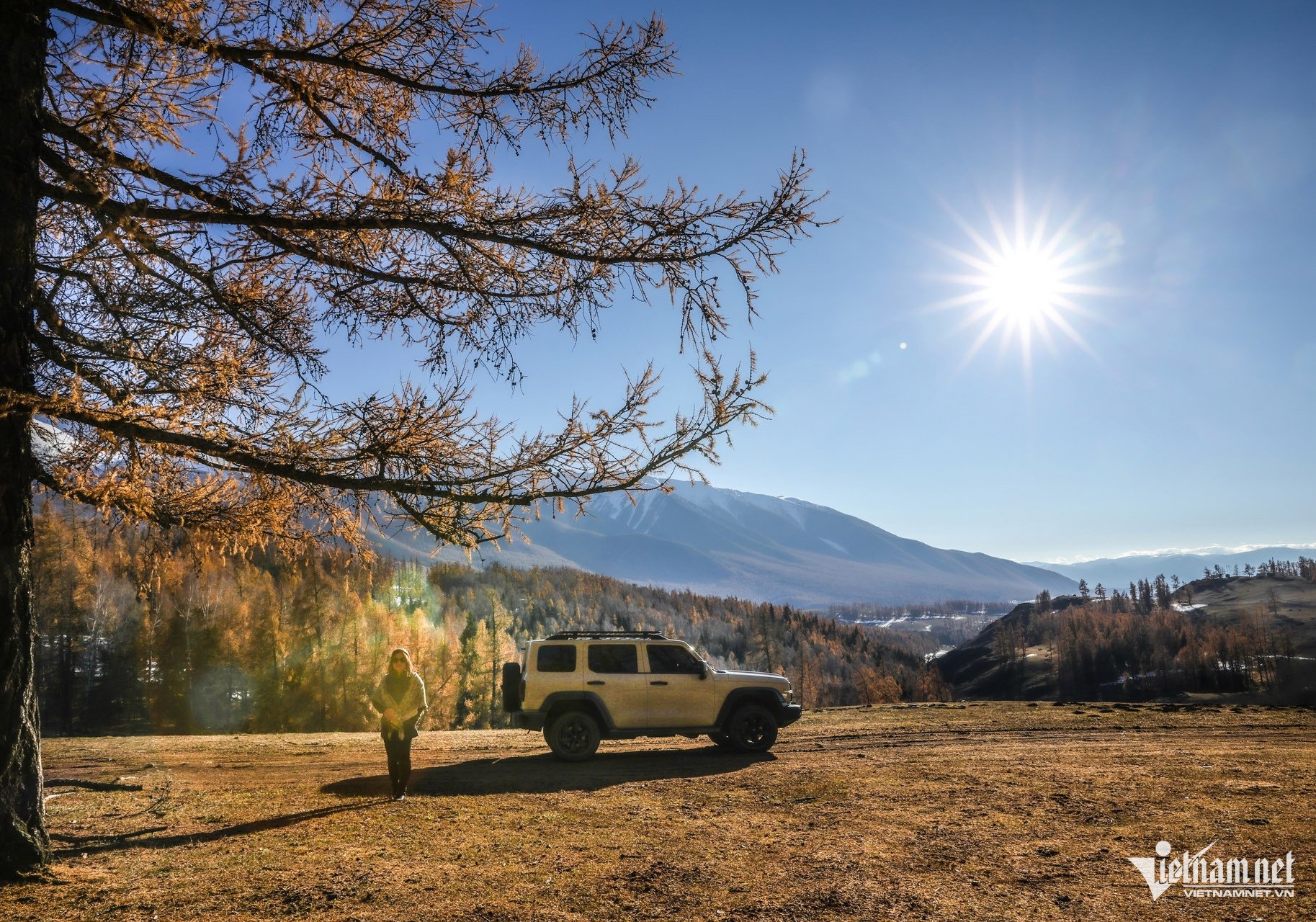


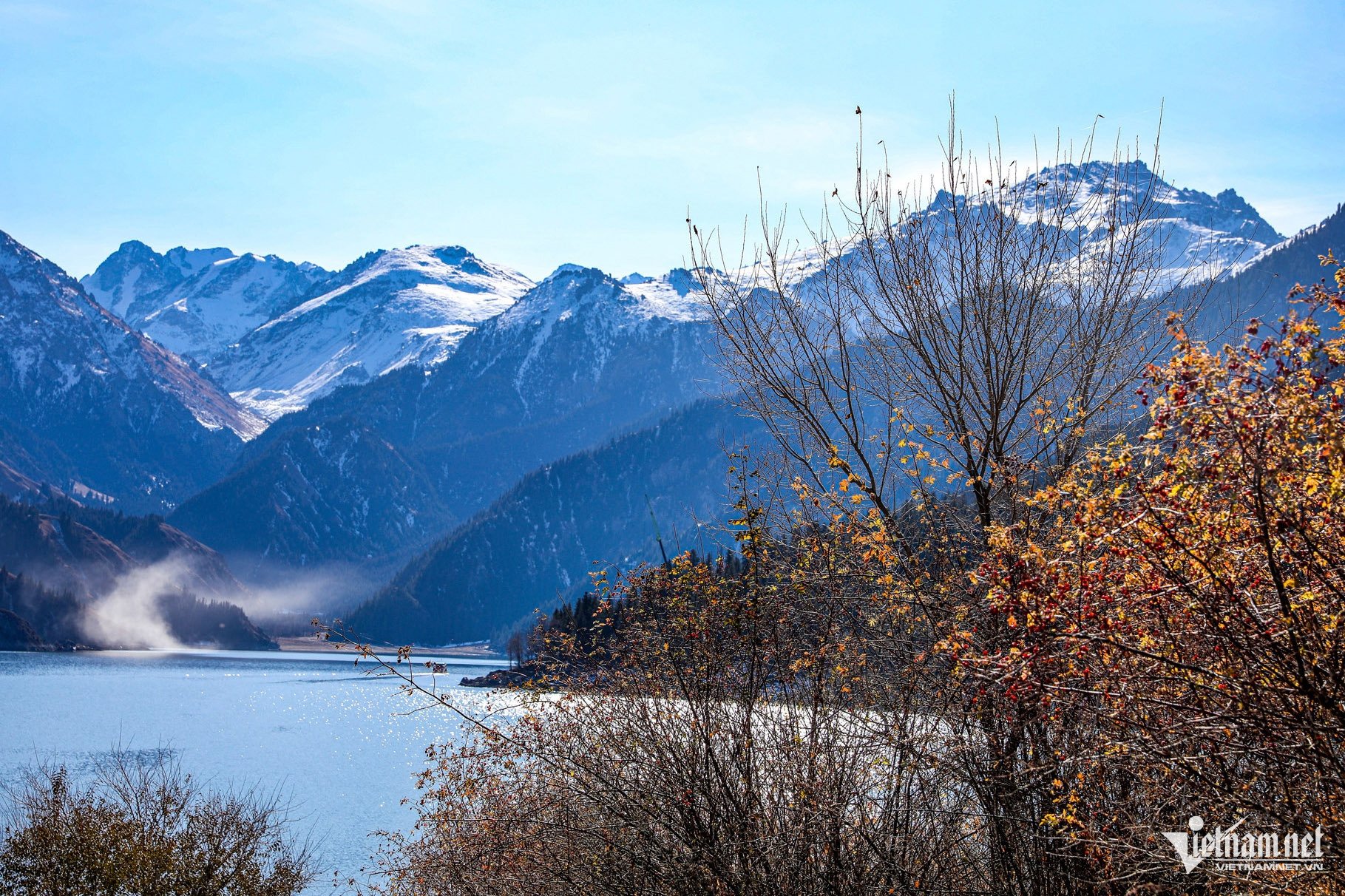
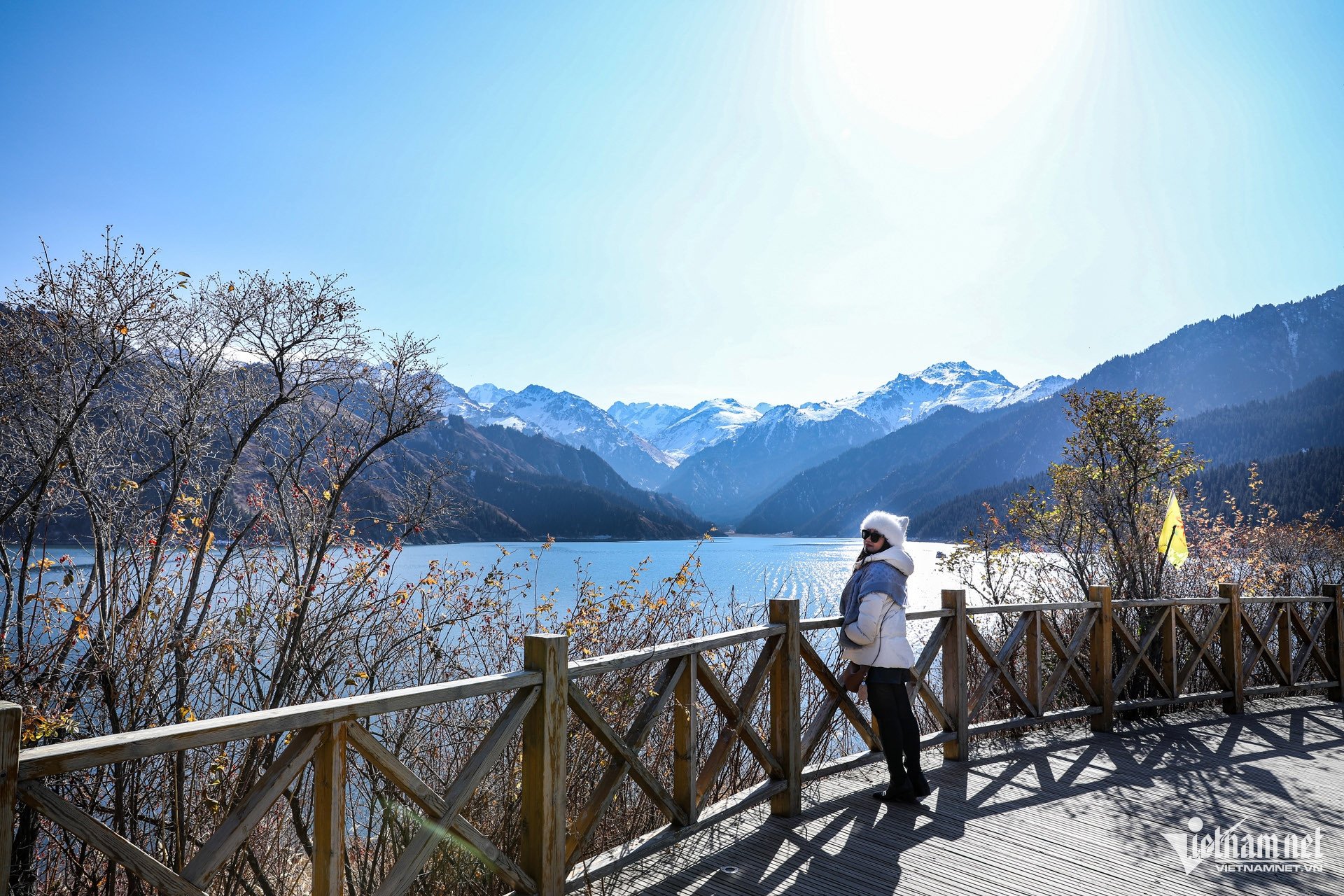


Every season is beautiful here. In spring and summer, wildflowers bloom, rivers are blue, horses and cows graze on the grasslands. In autumn, the entire valley is a brilliant yellow, red, and orange, and is known as “China’s little Switzerland.”
In winter, the village is covered in white snow, transforming into a pristine snow paradise. The Baihaba River flowing through the village is the natural border between China and Kazakhstan, the water is as clear as jade, and the two banks are two countries.

Source: https://vietnamnet.vn/doi-ban-than-u50-thue-xe-tu-lai-kham-pha-khoanh-khac-dep-kho-cuong-o-tan-cuong-2459760.html



![[Photo] Heavy damage after storm No. 13 in Song Cau ward, Dak Lak province](https://vphoto.vietnam.vn/thumb/1200x675/vietnam/resource/IMAGE/2025/11/08/1762574759594_img-0541-7441-jpg.webp)








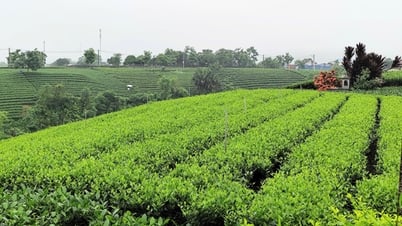







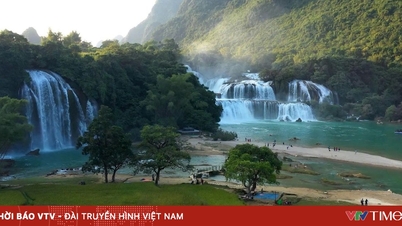


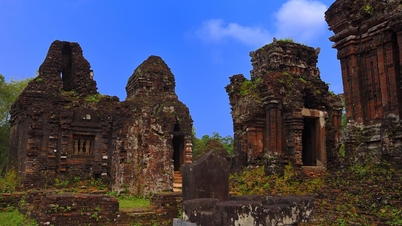








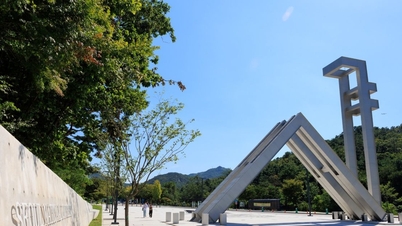



![[Video] Hue Monuments reopen to welcome visitors](https://vphoto.vietnam.vn/thumb/402x226/vietnam/resource/IMAGE/2025/11/05/1762301089171_dung01-05-43-09still013-jpg.webp)





































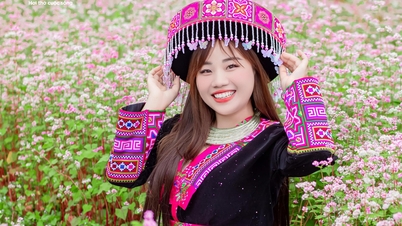






























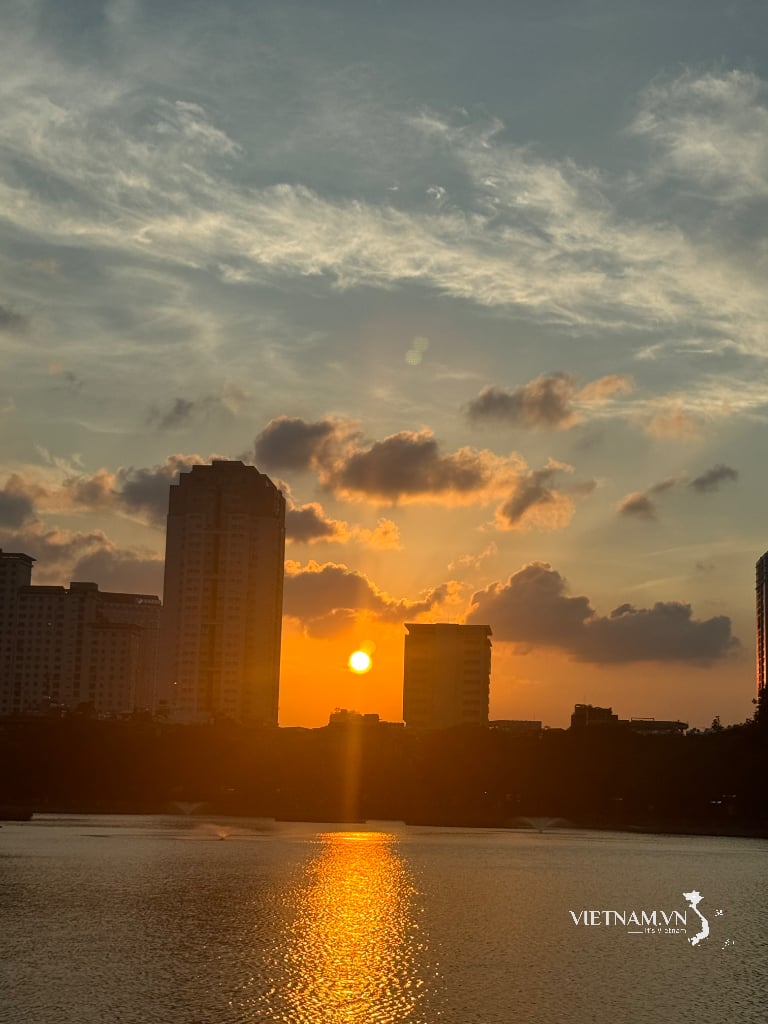



Comment (0)